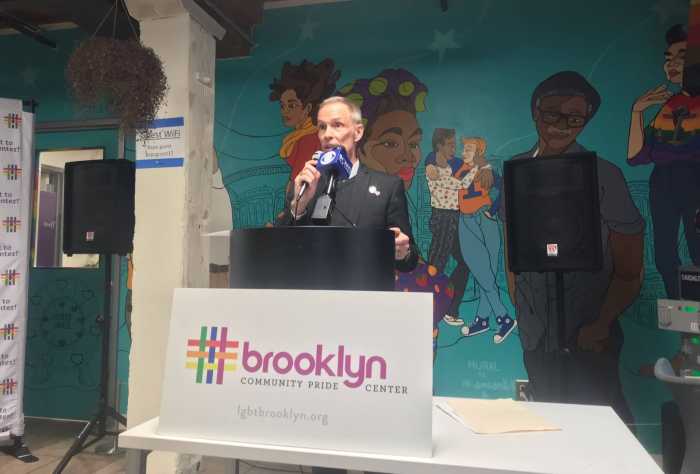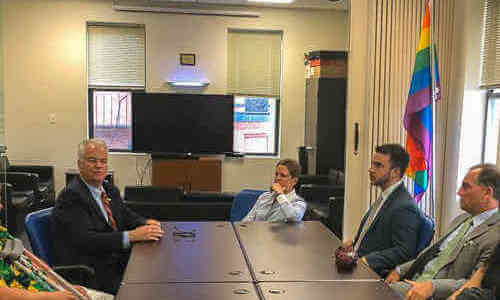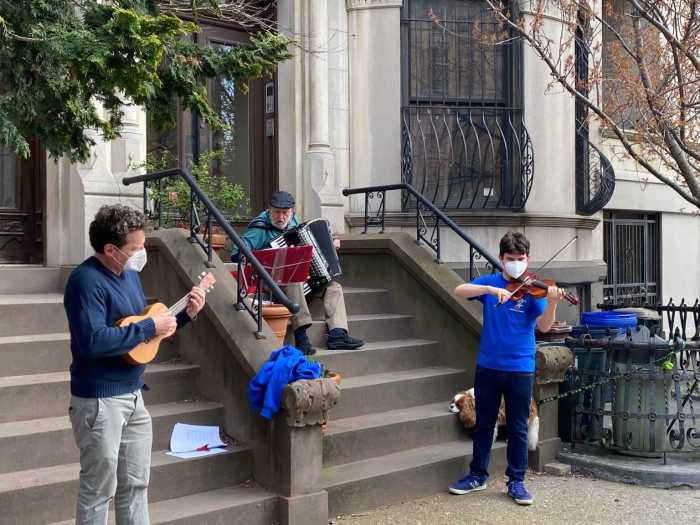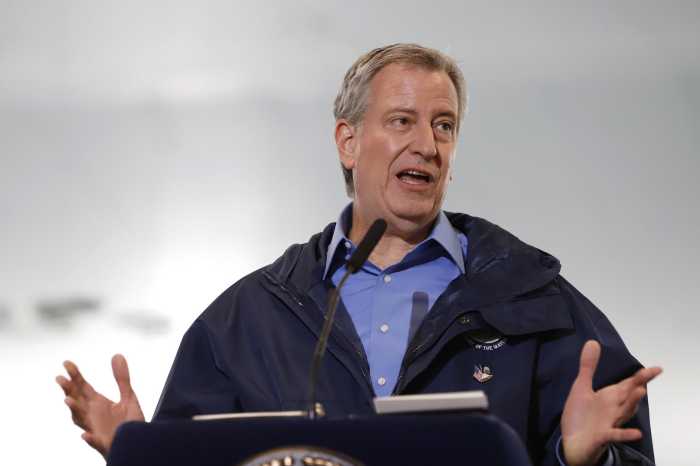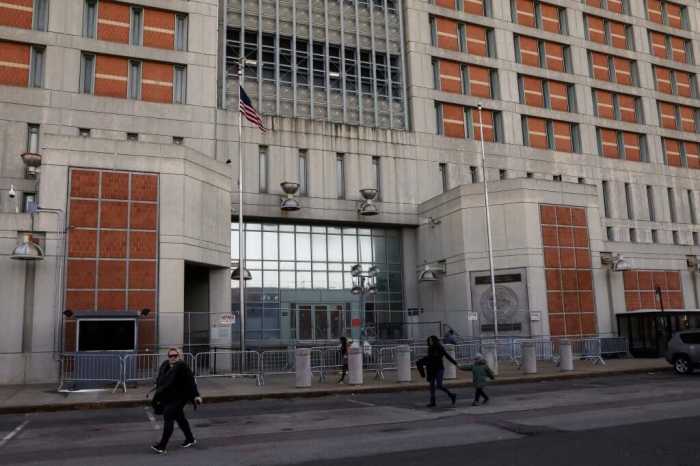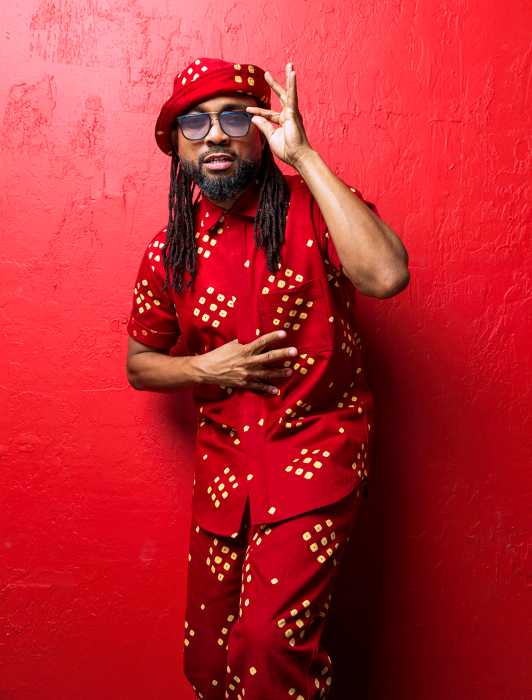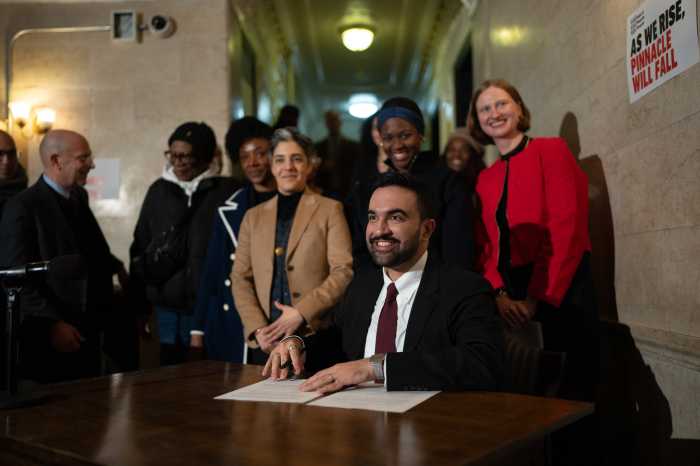On the first day of March, the team at the Pride Center of Staten Island was all smiles as they confronted the borough’s St. Patrick’s Day Parade — which has consistently banned LGBTQ groups from participating — with a refreshing dose of Rainbow colors in a hostile environment.
A few weeks earlier on the other side of the Verrazano Bridge, the Brooklyn Community Pride Center signaled the dawn of a new era when staff there sealed the deal on a much-anticipated, forthcoming state-of-the-art headquarters in Crown Heights.
Both of those moments now seem like distant memories.
In the blink of an eye, another era emerged. When the coronavirus pandemic engulfed the city and region later in March, both community centers had to find the means of serving their local queer communities one way or another.
LGBTQ centers in Brooklyn, Staten Island scramble to meet community’s needs despite limitations
“We actually had to turn on a dime and transform a lot of our programs to virtual platforms,” Staten Island Pride Center executive director Carol Bullock explained in an April 22 interview.
Like countless other organizations, both Pride centers shifted much of their operations online while also committing to maintaining efforts to provide much-needed services, such as making food available to those in need. In the midst of a health crisis that has morphed into an economic crisis, both centers have stepped up their food distribution programs, and Bullock said that in other ways as well the pandemic has expanded the scope of work she and her team carry out in the community.
“I reached out to a few [seniors] myself and one said, ‘I don’t have cat food,’” Bullock said, referring to her organization’s work in delivering food to Staten Island elders. “All of a sudden we’re finding cat food, and then someone needs a cell phone charger. If anything, it’s us opening up to say, ‘We don’t just do this. We’ll be helping any way we can.”
Some of the virtual programs offered by the Brooklyn Community Pride Center include support groups, physical activity-related classes, social events, and a virtual resource hub providing help seven days a week. Among the programs that have gone virtual at the Pride Center of Staten Island are youth and senior initiatives, as well as mental health services.
Both organizations have noticed an uptick in those seeking out their programs since the pandemic blanketed the region. While most non-profit organizations have reported an increase in demand for services during the crisis, another reason for the boost in attendance is because it is simply easier to attend an event virtually than having to physically travel there.
“For some people it is also more comfortable to join virtually,” said Jako Douglas-Borren, who serves as Brooklyn Community Pride Center’s director of programs. “They also might be hesitant to go to an LGBT Center.”
The center in Staten Island has seen 15 new clients for its mental health program during the crisis, including some healthcare workers who were in need of an outlet after working on the frontlines of the battles against COVID-19.
“We’re also seeing more youth who we’ve never seen before,” Bullock said. “[The programs] have attracted individuals because we’re talking about how to handle yourself both physically and mentally during this time.”
The Brooklyn team, which has welcomed more than 300 different people to its virtual programs as of late, sent out a survey to determine the most significant issues facing its members. Douglas-Borren pointed out that respondents cited social isolation and food insecurity as two top problems, and sometimes those issues coincide with homelessness. In one case, a woman who frequently visits the organization and lives in a shelter said she is only allowed to leave the shelter twice per day for 13 minutes.
“She mentioned that is not enough time because there are lines in front of the supermarket,” Douglas-Borren explained. “By the time she is in line, she is not able to get sufficient food.”
He continued, “Food is limited. People who are homebound or not able to go outside or don’t have money to spend also have limited food.”
Some queer youth clients have been fortunate in finding friends to stay with during the crisis, but others, Douglas-Borren said, have drifted out of touch with the center. He wonders what has happened to them.
“What about those who come to the center regularly, but we are now not able to get in touch with them? Where are they? Where did they reside? They were already spending the night in subways or at Port Authority,” Douglas-Borren said. “The health risks for them have been even greater now during COVID-19.”
Social isolation, meanwhile, was already a major problem among queer seniors, said Brooklyn Community Pride Center CEO Floyd Rumohr, who described the issue as an “epidemic before coronavirus.”
“It’s particularly hitting our community of elders,” Rumohr told Gay City News.
According to Douglas-Borren, some members have experienced re-traumatization, including those who are seniors and also transgender individuals who have endured hardships in the past.
“Elderly people who have gone through a period where they were not able to be open about their sexualty and had to hide it now have to hide it in their homes because of COVID-19,” Douglas-Borren said.
While both centers continue to adjust to what appears to be — for some foreseeable future, at least — the new normal, the coronavirus pandemic has proven that stability has not yet settled in because the crisis is still unfolding. More than 145,000 cases and counting have been confirmed in New York City alone, with more than 11,000 deaths — without counting another 4,000-plus “presumed” deaths — meaning it will be difficult to assess where exactly things stand until the dust settles.
“We’re still in it; we’re still responding as fast as we can to communities on the ground,” Rumohr said. “Analogously, if we were healthcare providers, we’re in the emergency room now stopping the bleeding.”
In an example of the ongoing transitions happening, Bullock said her outreach and education team is gearing up several virtual trainings provided to other organizations seeking guidance on cultural awareness which they would typically offer in an in-person setting. Her organization’s HIV testing team, which is still taking sign-ups online, is also finding ways to continue serving folks by offering at-home testing.
Yet another example illustrates how the ongoing effort to adapt to new ways of operating can lead to unexpected challenges. Virtual services are not always as seamless as hoped because what works for one program does not necessarily work for another. Bullock said the virtual mental health counseling program at the Pride Center of Staten Island is carried out on a different platform than other virtual programs since it requires compliance with the confidentiality and privacy provisions of the federal Health Insurance Portability and Accountability Act, or HIPPA.
Meanwhile, both organizations have been forced to put off major events — at least temporarily. The Brooklyn center’s community leadership awards and gala has been postponed, while Pride marches in both boroughs will also not go on as planned in June due to the coronavirus. Bullock said her team is “diligently working right now” to explore virtual events surrounding Pride this year because the organization “understands that Pride is something a lot of people look forward to every year.”
Yet, in the darkest of times for marginalized communities that have been most impacted by the pandemic, those working at both centers have provided new platforms for communities to stay connected — even if it is not in person. Amid the complexities of the migration to virtual platforms, there are some glimmers of hope that the remote programs can provide the foundation for new bonds that could blossom into lasting, meaningful connections in the future.
“People still have a way to communicate with others,” Douglas-Borren said. “That’s the most important thing — that there is somebody to talk to if need be. It doesn’t have to be a therapist. Just queer people in touch with each other so they don’t have to feel alone.”
To sign up for the Gay City News email newsletter, visit gaycitynews.com/newsletter.

